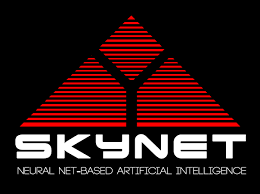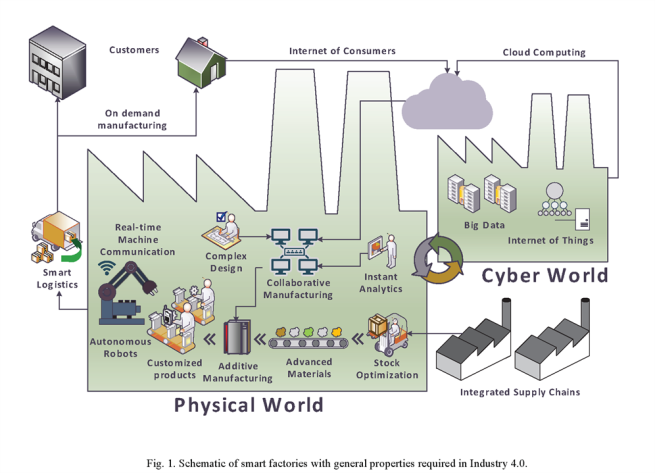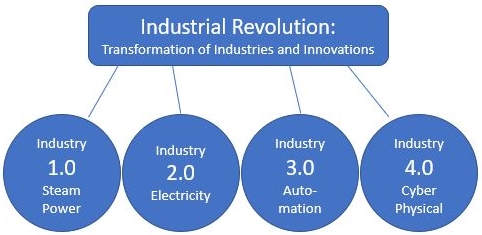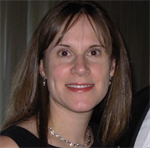One of my favorite tasks at the end of each year is to do some planning for the coming year. With respect to Industry 4.0 there is so much to learn in 2019 and beyond. Conferences are a great way to supplement learning on this topic and this is a good time to plan for these conferences in your budget.
Conferences provide a way to sharpen your skills while away from regular work, meet experts face-to-face, network, and break out of your comfort zone.
Below is a list of conferences related to Industry 4.0 for the first half of 2019; some are in Pittsburgh, some in the USA, others are in foreign countries.
January
23th – 25th, Global Artificial Intelligence Conference, Santa Clara, USA
23rd – 26th, AI NEXTCon, Seattle, USA
26th – 29th, Applied Machine Learning Days, Lausanne, Switzerland
27th – Feb 1st, 33rd AAAI Conference on Artificial Intelligence, Honolulu, Hawaii, USA
February
22nd-24th, 11th International Conference on Machine Learning and Computing (ICMLC), Zhuhai, China
March
4th, Women In Data Science, Stanford University, Stanford, USA
5th – 6th, 5th Annual Big Data & Analytics Summit, Toronto, Canada
11th – 14th, 14th ACM/IEEE International Conference on Human Robot Interaction, Daegu, Korea
14th, AI 4 Business Summit, Brussels
14th – 15th, Data Innovation Summit, Kistamassan, Sweden
14th – 15th, Future of Information and Communication Conference (FICC), San Francisco, USA
18th – 20th, RPA & AI Summit, Copenhagen, Denmark
19th, Women in AI Dinner, Re-work, London, UK
21st – 22nd, AI on a Social Mission Conference, Montreal, Canada
April
9th – 10th, The Carnegie Mellon University – K&L Gates Conference on Ethics and AI, Pittsburgh PA, USA
18th, Applied Artificial Intelligence Conference, San Francisco, USA
24th – 26th, European Symposium on Artificial Neural Networks, Computational Intelligence and Machine Learning, Bruges, Belgium
25th – 26th, AI Expo Global Conference & Exhibition, Olympia, UK
26th – 27th, Artificial Intelligence: Thinking about Law, Law Practice, and Legal Education, Pittsburgh PA, USA
29th – May 2nd, Innovation Research Interchange 2019 Annual Conference – Innovation Unleashed: Physical Meets Digital, Pittsburgh PA, USA
29th – May 2nd, Strata Data Conference, London, UK
30th – May 3rd, Accelerate AI: Open Data Science Conference East, Boston, USA
May
2nd – 4th, SIAM International Conference on Data Mining (SDM18), San Diego, USA
6th – 7th, Predictive analytics World Industry 4.0, Munich, Germany
12th – 17th, IEEE International Conference on Acoustics, Speech and Signal Processing, Brighton, UK
16th, Rise of AI Conference, Berlin, Germany
20th – 24th, International Conference on Automation and Robotics, Montreal, Canada
22nd – 23rd, LDV Vision Summit, New York, USA
23rd – 24th, Deep Learning Summit, Boston, USA
June
2nd – 7th, Conference of the North American Chapter of the Association for Computational Linguistics (NAACL), Minneapolis, USA
3rd – 4th, Machine Learning Summit, San Francisco, USA
7th, 11th International Conference on Advanced Computational Intelligence, Guilin, China
10th – 11th, CogX, London, UK
16th – 21st, CVPR 2019: Computer Vision and Pattern Recognition, Long Beach, USA
18th – 21st, O’Reilly Artificial Intelligence Conference, Beijing, China
22nd – 26th, Robotics: Science and Systems, Pittsburgh, USA
22nd – 26th, Robotics: Science and Systems, Freiburg im Breisgau, Germany



 chine is designed for a purpose, humans try to stop it, the machine is not equipped to change its mission. The system is designed to identify threats to it keeping it running.
chine is designed for a purpose, humans try to stop it, the machine is not equipped to change its mission. The system is designed to identify threats to it keeping it running.



You must be logged in to post a comment.